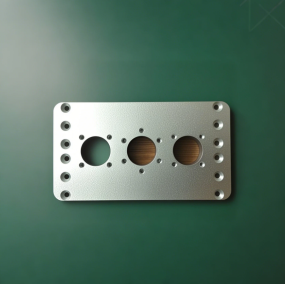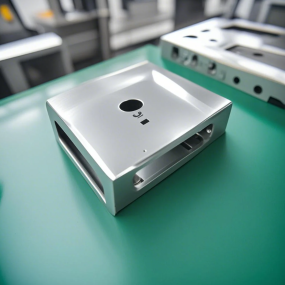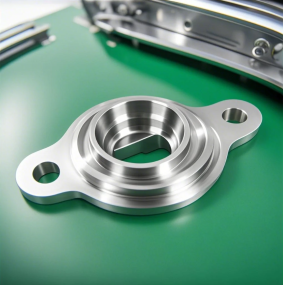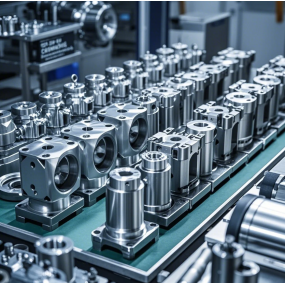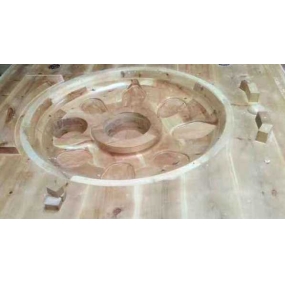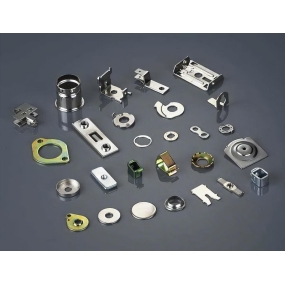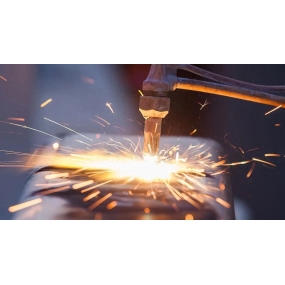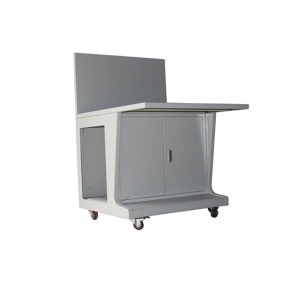Customers often see stamping plants adding lubricants in the stamping and drawing process during their factory visits. Is there any purpose for this?
1. Reduce the friction between the material and the mold, thus reducing the drawing force. Experience has shown that the drawing force can be reduced by about 30% with lubricant compared to without lubricant.
2. With lubricant, large deformation can be achieved during deep drawing, thus reducing the number of deep drawing tracks. Drawing parts are also easy to remove from the mold.
3. The lubricant maintains the surface of the die and cools the die, thus improving the life of the die. The lubricant maintains the surface quality of the workpiece, thus maintaining the quality of the Metal Stamping parts.
Knowing the importance of lubricants in the drawing process of stamping processing plants, and not all lubricants are effective for them, how to choose the right lubricant?
1. It can form a high-strength oil film of a certain thickness to withstand higher pressure.
2. It has good adhesion.
3. Easy to remove from the surface of the workpiece.
4. It is more convenient to mix, use, store and transport.
5. No corrosive effect on the appearance of molds and workpieces.
6. Non-toxic and chemically stable. 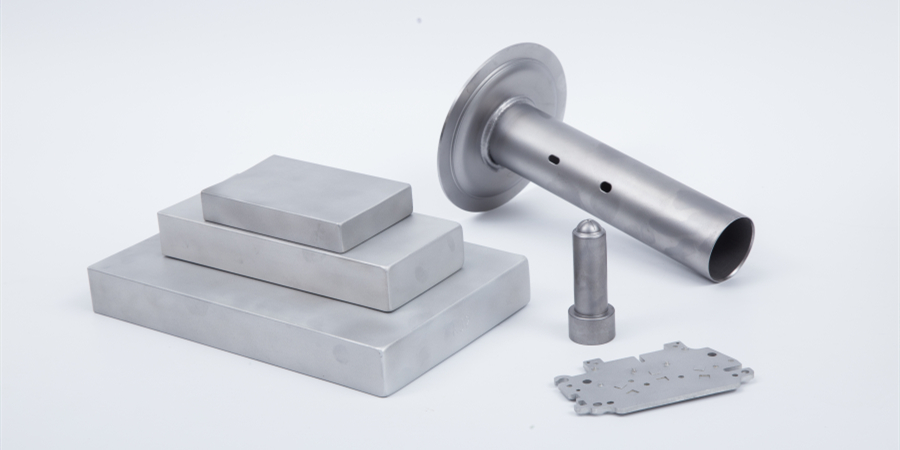
In addition, the stamping processing plant needs to pay attention to the lubrication of a single blank:
1. It is not necessary to apply lubricant to the entire surface of the blank.
2. The lubricant is only applied to the place where it touches the die, and it is applied every few times.
3. It is forbidden to alter the lubricant on the punch and the surface of the blank that touches the punch, as this will cause the blank to slide along the surface of the punch, causing extension and thinning.
4. When the thin material is drawn for the first time, it is not necessary to apply lubricant to the blank, because the lubricant reduces the friction between the flange and the mold, causing wrinkles to form. At this time, it can only be applied to the rounded corners of the die opening.
5. During the last deep drawing, only apply lubricant to the outer surface of the drawing part or the hole of the die.
6. For lubricant-coated blanks or materials, care should be taken not to stain them with dirt, otherwise they will damage the drawing parts and stamping dies.
This article is from EMAR Mold Co., Ltd. For more EMAR related information, please click: www.sjt-ic.com!


 Spanish
Spanish Arabic
Arabic French
French Portuguese
Portuguese Belarusian
Belarusian Japanese
Japanese Russian
Russian Malay
Malay Icelandic
Icelandic Bulgarian
Bulgarian Azerbaijani
Azerbaijani Estonian
Estonian Irish
Irish Polish
Polish Persian
Persian Boolean
Boolean Danish
Danish German
German Filipino
Filipino Finnish
Finnish Korean
Korean Dutch
Dutch Galician
Galician Catalan
Catalan Czech
Czech Croatian
Croatian Latin
Latin Latvian
Latvian Romanian
Romanian Maltese
Maltese Macedonian
Macedonian Norwegian
Norwegian Swedish
Swedish Serbian
Serbian Slovak
Slovak Slovenian
Slovenian Swahili
Swahili Thai
Thai Turkish
Turkish Welsh
Welsh Urdu
Urdu Ukrainian
Ukrainian Greek
Greek Hungarian
Hungarian Italian
Italian Yiddish
Yiddish Indonesian
Indonesian Vietnamese
Vietnamese Haitian Creole
Haitian Creole Spanish Basque
Spanish Basque

